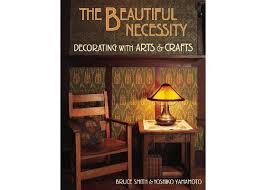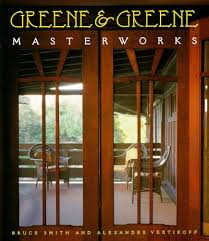writing books

Writing a book can be overwhelming. Once all the reference materials have been read, the archives visited, people interviewed, the pages and pages of notes taken and filed, the chronologies organized in binders, the multitudes of file folders brought in order, it eventually comes down to simply writing words onto paper.
I still write with pen and paper. I can easily use a keyboard to type words onto a screen, but that is just typing words, not writing. Writing is thinking with language, finding ways to express thoughts, tell stories, make connections, bring concise understanding to large topics. With a pad of paper and a pen, one can jot down thoughts, ideas, cross out words, draw a circle around a paragraph that seems more incisive that the previous one, stick a note about something related into the margin, or simply tear the page up. Ever try to tear up words written on a screen?

The first book I wrote with my wife, Yoshiko Yamamoto. This was after we had each been writing magazine and newspaper articles for a while, for both Japanese and American publications, and I was working as an editor at American Bungalow Magazine. Yoshiko meanwhile was in graduate school at UC Berkeley. When we got the book contract, this allowed her to scour the university libraries for turn-of-the-last-century, first-hand accounts of the Arts and Crafts movement in America. Meanwhile, I was going around the country visiting historic sites and archives, as well as current-day craftspeople who considered themselves part of the lineage of the original movement. I did the photography for the book, and together we worked to give an overview of the historic movement, along with how it was being interpreted by today’s artisans and artists. It was published by Gibbs Smith, Publisher, in 1996.

The second book